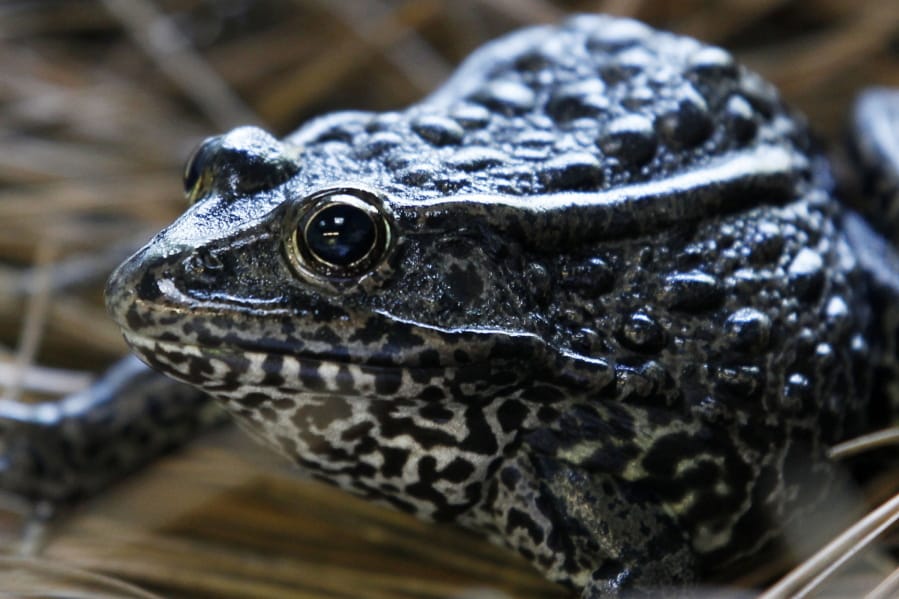BILLINGS, Mont. — U.S. wildlife officials on Friday proposed making it easier to carve out exemptions from habitat protections meant to save imperiled species, by placing greater weight on the potential economic benefits of development when making decisions.
Officials from the U.S. Fish and Wildlife Service described the proposal as giving more deference to local governments seeking to build things like schools and hospitals. But wildlife advocates said it could open up areas that are crucial for endangered species’ survival to more drilling, mining, agriculture and logging.
It’s the latest move by the Trump administration in a years-long effort to repeal regulations across government that has broadly changed how the Endangered Species Act gets used. Other steps under Trump to scale back species rules included lifting blanket protections for animals newly listed as threatened, setting cost estimates for saving species and a July proposal to restrict what areas fit under the definition of “habitat”.
Animals that could be affected by the latest change include the struggling lesser prairie chicken, a grasslands bird found in five states in the south-central U.S., and the rare dunes sagebrush lizard that lives among the oil fields of western Texas and eastern New Mexico, wildlife advocates said.
Friday’s proposal and the habitat definition offered in July were triggered by a 2018 U.S. Supreme Court ruling involving a highly endangered Southern frog — the dusky gopher frog.
In that case, a unanimous court faulted the government over how it designated “critical habitat” for the 3 1/2 -inch-long (8.9-centimetre-long) frogs that survive in just a few ponds in Mississippi. The ruling came after a timber company, Weyerhaeuser, had sued when land it owned in Louisiana was designated as critical.
The new proposal would require federal officials to consider factors such as economic or employment losses when making habitat decisions. That includes decisions affecting federal land for which private companies have permits or leases, such as for drilling, grazing, logging or other development.
Those areas could be carved out from protections “so long as the exclusion of a particular area does not cause extinction of a species,” Fish and Wildlife officials wrote.
Jamie Rappaport Clark, the former director of the Fish and Wildlife Service during the Clinton administration, said the change — if finalized — was sure to harm species on the edge of extinction.
“This new proposal puts a heavy thumb on the scale in favor of developers and industry,” said Clark, who now heads the advocacy group Defenders of Wildlife.



